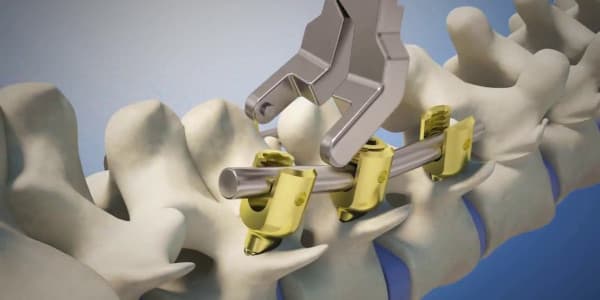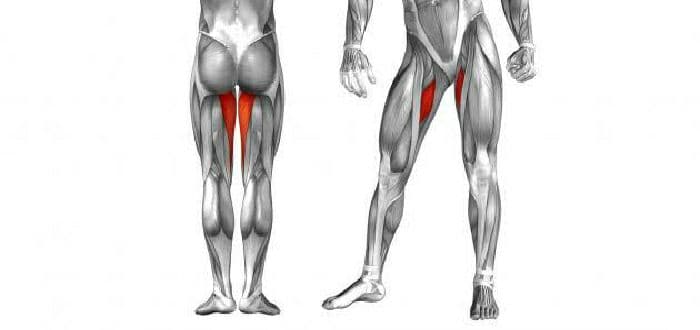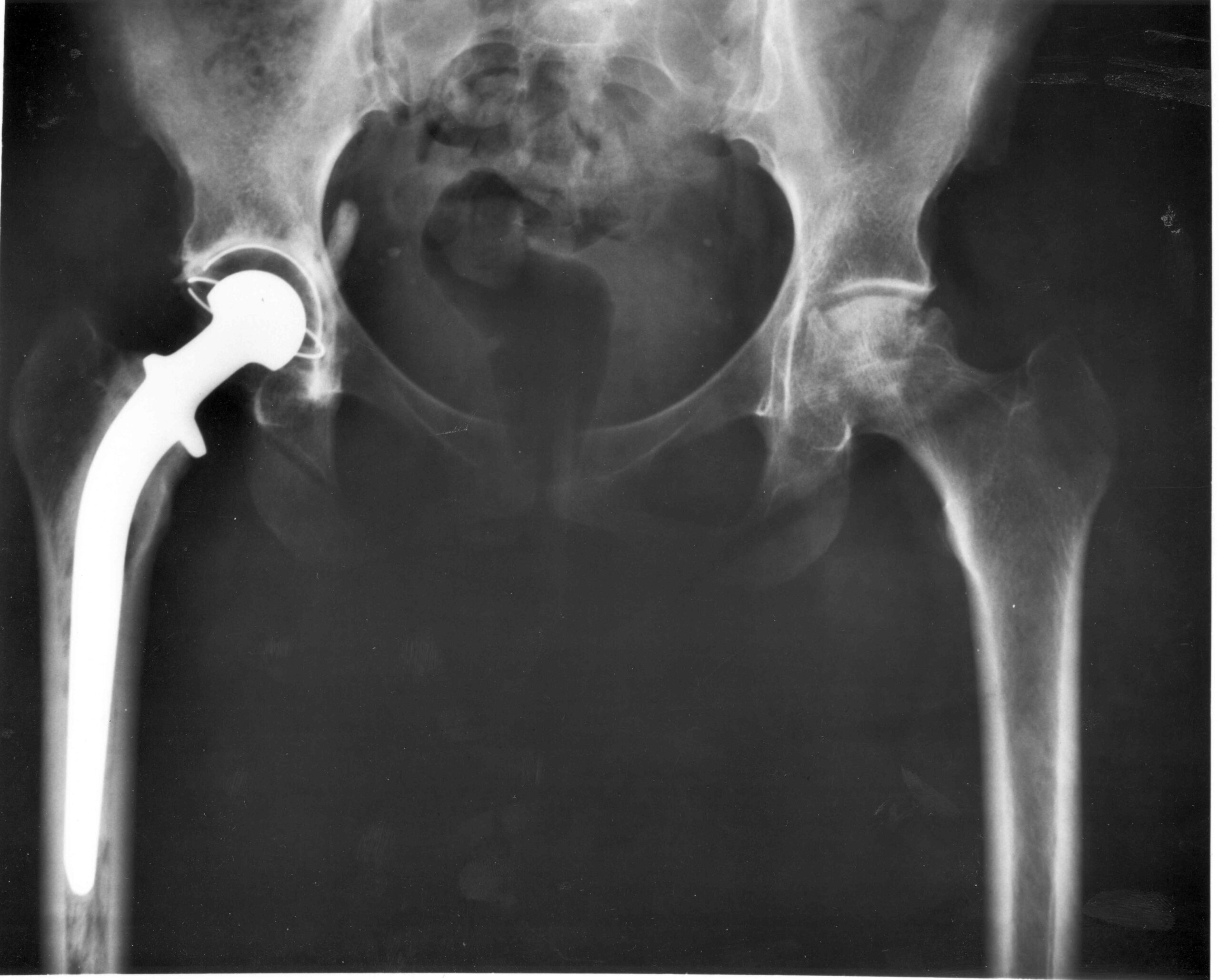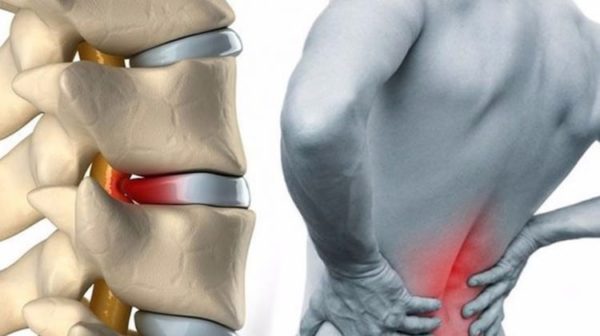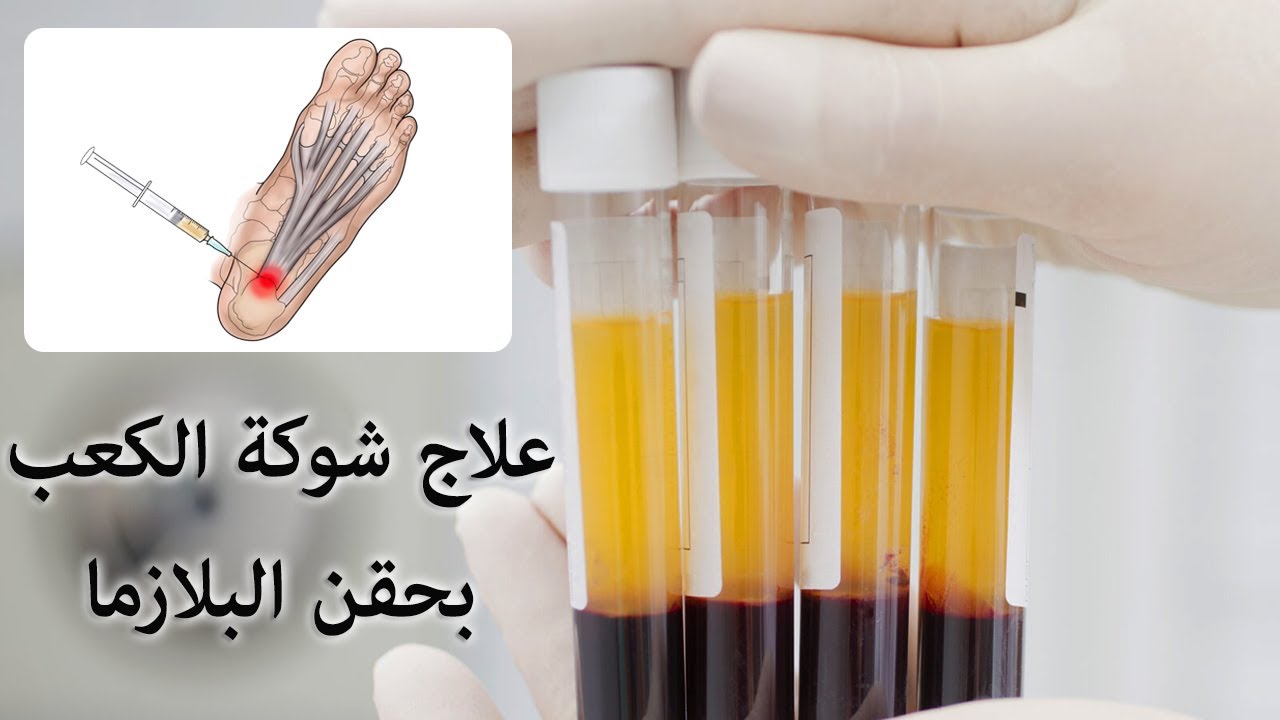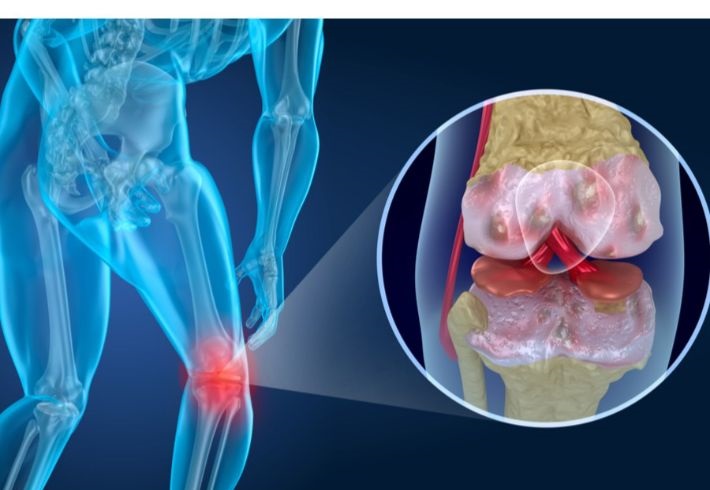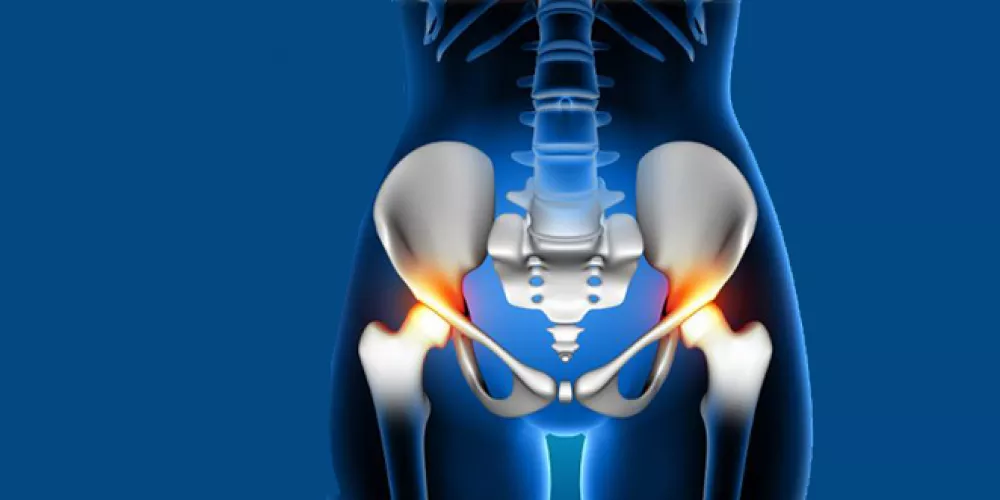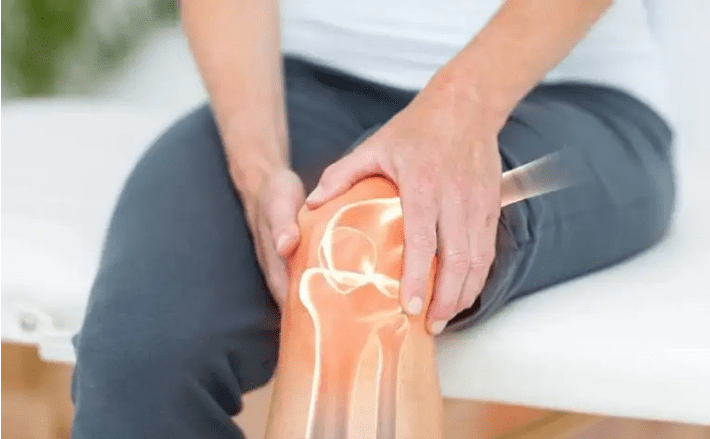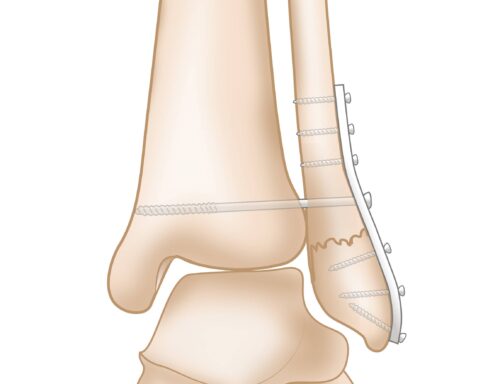Plantar fasciitis exercises
Many doctors advise Plantar fasciitis patients to do some exercises that contribute greatly to reducing the pain that results from them, and the individual becomes more comfortable after that. In the following article, we will present to you the most important of these exercises and some of the other therapeutic methods that are followed, so let us read the following.
Plantar fasciitis exercises
Many doctors advise plantar fasciitis patients to do some exercises that contribute significantly to reducing the symptoms resulting from it, and here are some of them:
Towel stretch exercise
- Sit on the floor with your legs extended forward.
- Wrap the towel around one foot and gently pull on it until you feel a stretch.
- Hold this position for 30 seconds and repeat these steps 3 times.
- Repeat the same steps with the other foot.
Big toe stretch exercise
- Place the injured foot on top of the healthy one.
- Place the big toe between the thumb and forefinger.
- Gently pull on the big toe until you begin to feel a stretch on the bottom of the foot.
- Hold this position for up to 30 seconds.
Calf stretch exercise
- Lean against a wall and bend forward with one knee straight and the heel touching the floor.
- Put the other leg in front and then bend the knee.
- Push your hips toward the wall.
- Hold this position for up to 10 seconds.
- As soon as you feel a stretch in the leg, gently return to your normal position.
- Repeat this exercise 20 times on each foot.
Plantar fascia stretch exercise
- Place the injured foot on top of the knee of the other leg.
- Grasp the toes of the foot that hurt you and pull them up slowly.
- Use a towel to reach your fingers.
- Place the other hand on the plantar fascia.
- Hold this position for up to 10 seconds.
- Repeat these steps 20 times on each foot.
Wall squat calf stretch exercise
- Sit in a squatting position with your back against a wall so your hips and knees are aligned.
- Slowly lift the heels off the floor.
- Stay like this for a few seconds.
- Repeat the previous steps up to 12 times.
Golf ball foot roll exercise
- Sit on a chair with a golf ball under your feet.
- Squeeze the ball gently with your leg.
- Roll the ball from foot to heel for a few minutes.
Shock wave therapy for plantar fasciitis
Shock waves are considered one of the latest effective methods that are used recently in treating problems of the human muscular system, and their types and intensity vary according to the required ones. Shock waves are used in the treatment of both plantar fasciitis and shoulder tendon infections and in reducing the severity of chronic pain.
The main reason for plantar fasciitis in individuals is the deposition of a large amount of calcium in the heel, which causes the appearance of a bump, and at first, it is not accompanied by any pain or symptoms, but with the further deterioration of the condition, the patient begins to feel pain, especially when standing for long periods.
During shock wave therapy sessions, the individual may feel very severe pain, but this is due to the fact that these waves work to reduce the severity of inflammation that affects the tissues surrounding the Heel Spur, which relieves pain, and shock wave therapy is more likely than cortisone injections or surgery.
Heel Spur Treatment
The treatment of Plantar fasciitis in the heel of the foot is not limited to medical matters only, but individuals must change their wrong life habits in order to alleviate the severity of the symptoms that afflict them, and here are some of that:
- Take the patient to an adequate amount of rest.
- Do not practice exercises that require direct foot contact on solid ground.
- Do cold water compresses on the heel of the foot on a daily basis and repeat it 4 to 5 times throughout the day.
- Take some medications that reduce inflammation and that do not require medical advice, such as ibuprofen.
- Doing stretching exercises that play a major role in reducing muscle spasms, especially in the morning periods.
- Avoid excessive weight gain as it causes a lot of pressure on the heel of the foot.
- Wear comfortable, cushioned shoes or use silicone heel pads.
- In the event of severe pain attacks, corticosteroid injections can be taken.
- Using a night splint that stretches the feet while sleeping.
What is the Heel Spur treatment?
There are many methods that are followed in the treatment of Plantar fasciitis, some of which can be done by the individual at home, while others include some medications. Here are details of both cases.
Treatment at home
- Take enough rest and avoid overexerting the affected foot.
- Make cold water compresses on the heels.
- Take care to avoid staying still for a long time without moving.
- Not doing any activities that require pressure on the heel.
- Do some stretching exercises before getting out of bed in the morning.
Pharmacotherapy
There is no specific medicine for the bone thorn, but in the event of severe pain and inflammation, some analgesics are used, which have a major role in reducing the development of symptoms, for example:
- Take some painkillers.
- Anti-inflammatory.
- Taking a steroid injection.
Is Heel Spur a chronic disease?
Plantar fasciitis is a chronic disease because, once it is present in the body of the individual, it cannot be eliminated in any way at all, and although it is possible in the case of surgical intervention, doctors often do not recommend that process that requires the removal of Plantar fasciitis.
Heel Spur treatment with Colocynth
Colocynthis is considered one of the effective means that are included in the treatment of Heel Spur because of its great role in calming inflammation and reducing pain, and in order to obtain the best result by applying it in the following way:
- Roast the Colocynthis over very low heat until it becomes thick and then put it on the bottom of the foot for 5 minutes to a quarter of an hour.
- For more effective results, wrap the foot with a piece of cloth after applying the lemongrass and leave it for half an hour.
- Over time, results will appear and the pain will be relieved.


